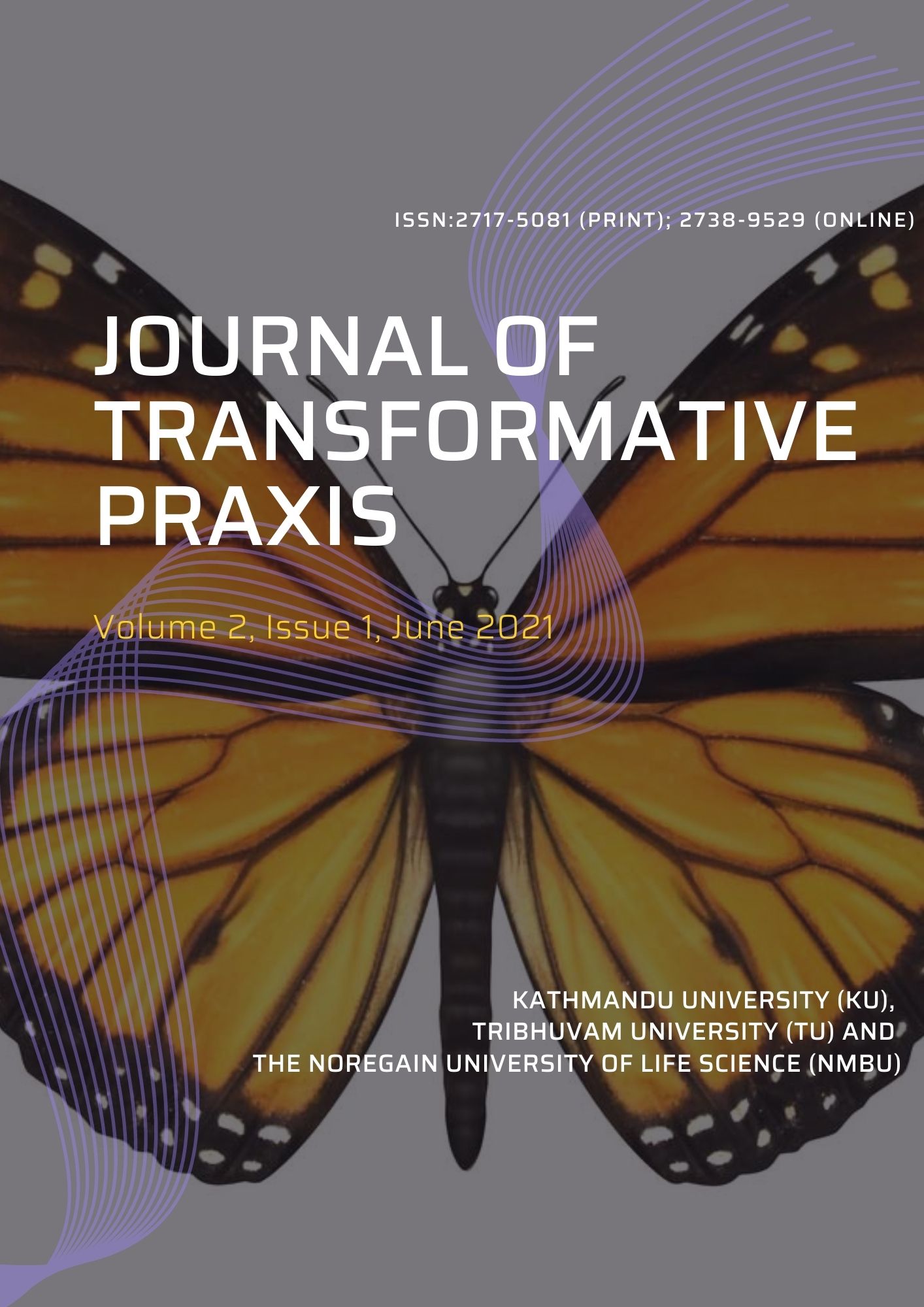Autoethnography: Writing Lives and Telling Stories
Keywords:
Autoethnography. Narrative. Vignette. Critical. Storytelling.Abstract
Autoethnography covers a wide range of narrative representations, thereby bridging the gap of the boundaries by expressing autoethnographers’ painful and gainful lived experiences. These representations arise from local stories, vignettes, dialogues, and role-plays by unfolding action, reaction, and interaction in the form of self-narration. Likewise, the autoethnographic texts must exhibit the autoethnographers’ critical reflections on the overall process of the inquiry. These exhibitions shall alert the autoethnographers’ research ethics, reflexivity, alternative modes of representation, inquiry, and storytelling. The original articles in this issue that rises from the domain of critical social theories within the various ranges of theoretical perspectives include journeying through informing, reforming, and transforming teacher education; critical ethnographic research tradition; a critical and political reading of the excerpts of myths; climate change education and its interface with indigenous knowledge and general traits of the participants as transformed teachers.
Downloads
Downloads
Published
How to Cite
Issue
Section
License
Copyright (c) 2021 Bal Chandra Luitel, Niroj Dahal

This work is licensed under a Creative Commons Attribution-NonCommercial-ShareAlike 4.0 International License.
This license enables reusers to distribute, remix, adapt, and build upon the material in any medium or format for noncommercial purposes only, and only so long as attribution is given to the creator. If you remix, adapt, or build upon the material, you must license the modified material under identical terms.




